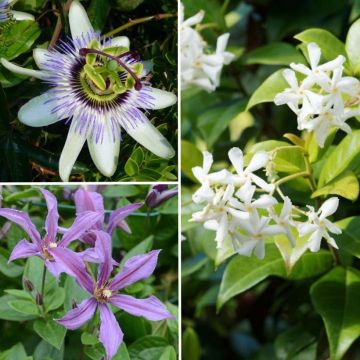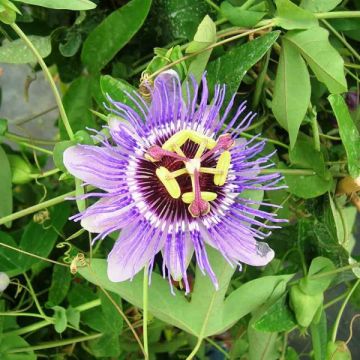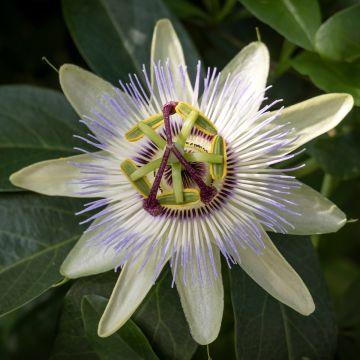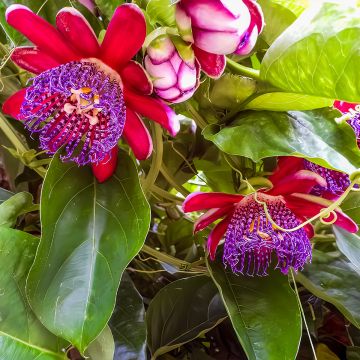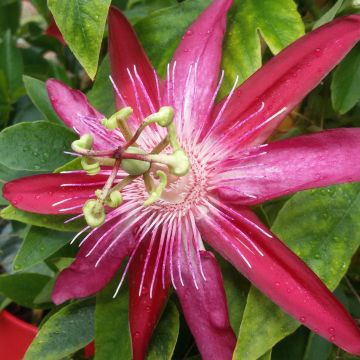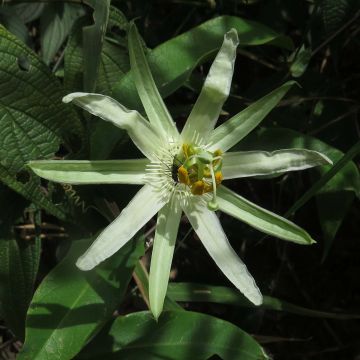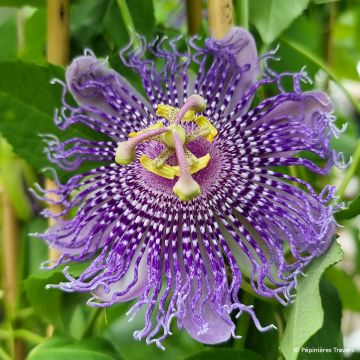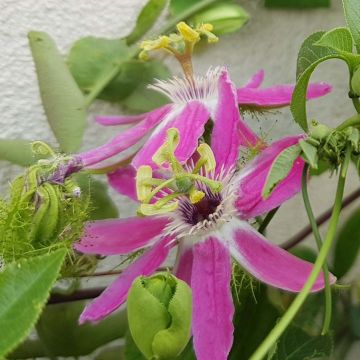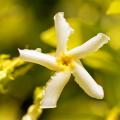Passionflowers
Would this plant suit my garden? Set up your Plantfit profile →
Available in 0 sizes
Available in 2 sizes
Available in 0 sizes
Available in 0 sizes
Available in 2 sizes
Available in 1 sizes
Available in 1 sizes
Available in 0 sizes
Available in 1 sizes
Available in 1 sizes
Available in 2 sizes
Available in 2 sizes
Available in 1 sizes
Available in 2 sizes
Available in 1 sizes
Available in 1 sizes
Available in 1 sizes
Available in 1 sizes
Available in 1 sizes
Available in 1 sizes
Available in 1 sizes
Available in 1 sizes
Available in 1 sizes
Available in 1 sizes
Available in 1 sizes
Available in 1 sizes
Available in 1 sizes
Available in 1 sizes
Available in 1 sizes
Available in 1 sizes
Available in 1 sizes
Available in 1 sizes
Available in 1 sizes
Available in 1 sizes
Available in 1 sizes
Available in 1 sizes
Available in 1 sizes
Available in 1 sizes
Available in 1 sizes
Available in 1 sizes
Available in 1 sizes
Available in 1 sizes
Available in 2 sizes
Available in 2 sizes
Available in 1 sizes
Available in 1 sizes
Available in 1 sizes
The Passiflora are very beautiful and powerful climbing plants, with tendrils, that bear chiseled flowers reminiscent of the symbols of the Passion of Christ. The hardiest variety is the Passiflora coerulea or passion flower, with blue and white flowering that can withstand temperatures as low as -7°C (19.4°F). The orange fruits that it bears are edible. The Passiflores like deep, rich and humus-rich soils in sunny and warm locations, facing south. Pruning is done after flowering by reducing the length of the branches by half. In cold regions, mound the base and protect the branches with several layers of winter protection veil. The Passiflores beautifully dress walls, fences, trellises, porches, pylons and trellises, but also perform very well in a conservatory. In homeopathy, the aerial parts of the passionflower are used in an infusion against anxiety, muscle spasms, neuralgic pain, digestive and sleep disorders.
Advice: If the entire plant is damaged by frost in winter, cut back all of the branches in March. Often, vegetation regrows from the stump after thorough watering.
Haven't found what you were looking for?






































